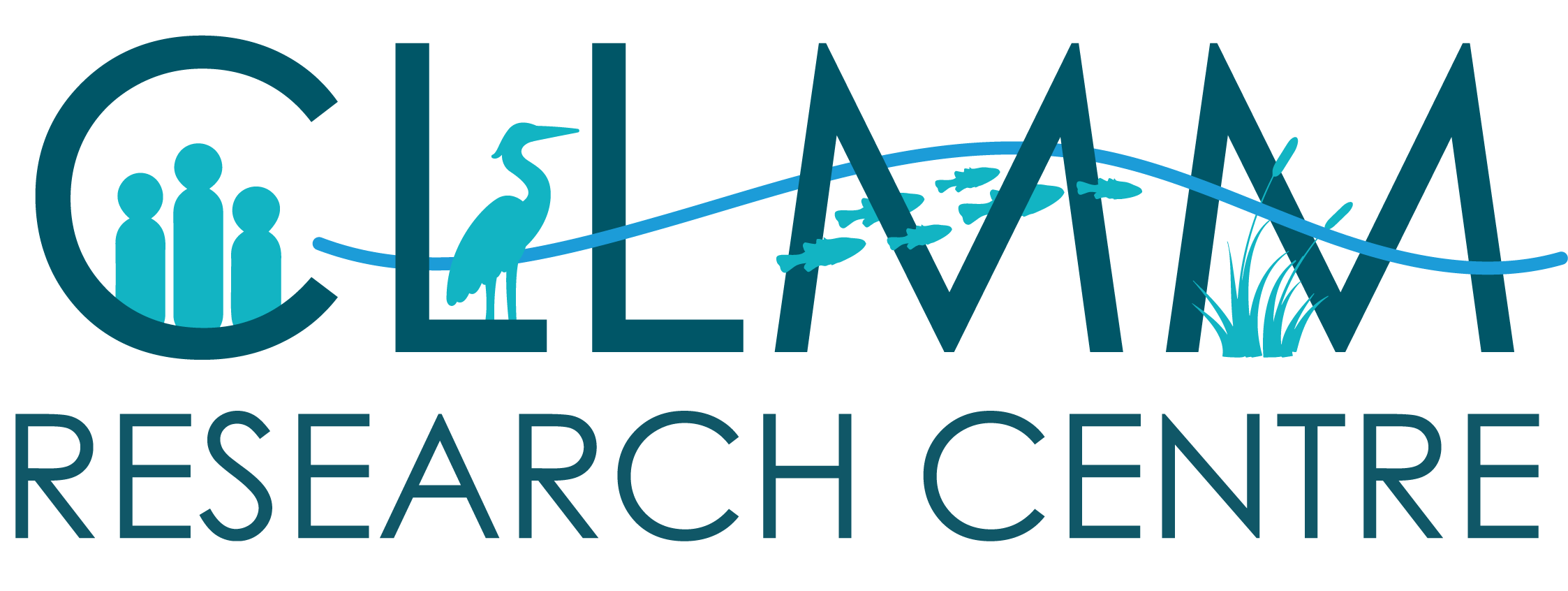We were thrilled to welcome Federal Environment Minister, Murray Watt, to the CLLMM Research Centre for the first time today. With the sun shining and plenty of activity out on the water, it was the perfect occasion to showcase the breadth of our research and activities. The visit highlighted the value of locally led, collaborative science […]
